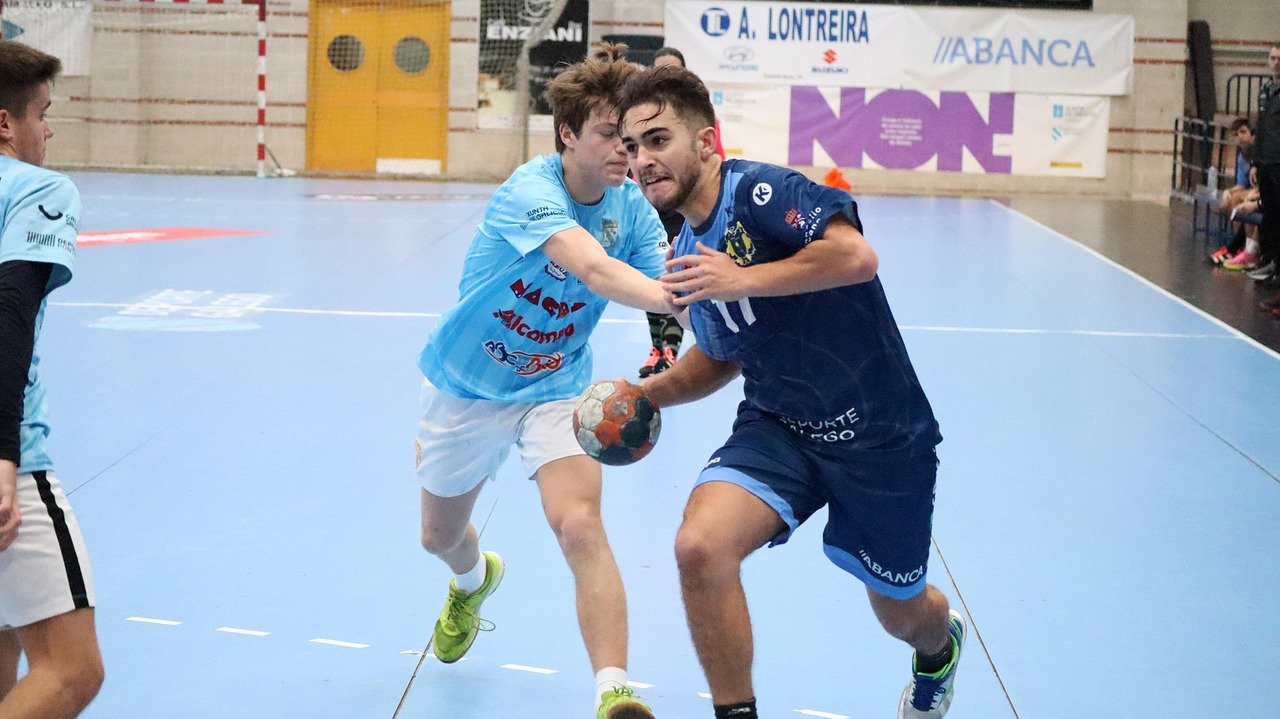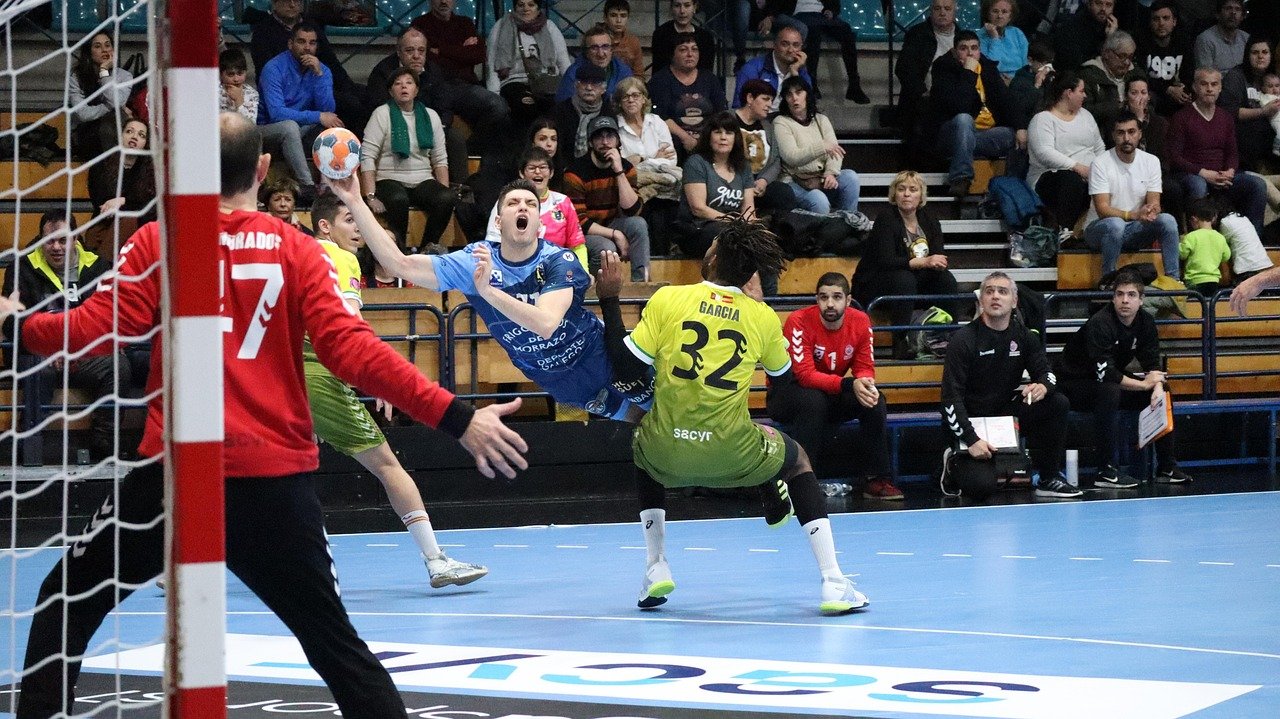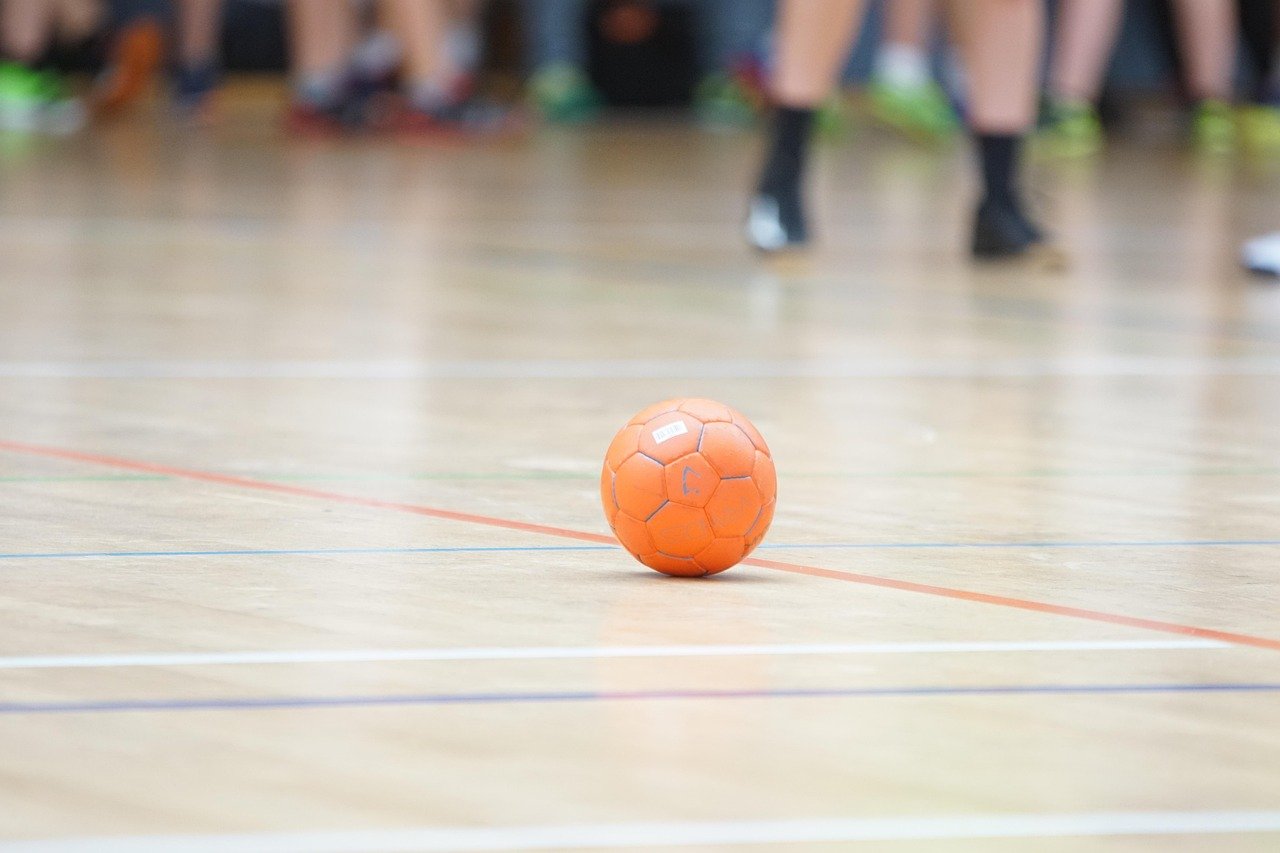While handball is a fast-paced, team-oriented sport, individual characteristics—like whether a player is left or right-handed—can have a significant impact on positioning, tactics, and team dynamics. Understanding these differences is crucial for coaches, players, and fans alike.
Why Handedness Matters in Handball
In handball, being able to shoot and pass at sharp angles is critical. A player’s dominant hand directly influences their reach, shooting angle, and decision-making on the court.
- Right-handed players typically find better angles when attacking from the left side of the court.
- Left-handed players naturally fit on the right side, allowing better control and shooting range from that wing.
Strategic Placement by Hand Dominance
Right-Handed Players
Right-handed players make up the majority and are commonly placed on:
- Left Wing: To maximise shooting angles on fast breaks and wide attacks
- Left Back: Providing powerful shots and long-range efforts
- Centre Back: Orchestrating play with visibility and control using their dominant hand
Left-Handed Players
Left-handed players are particularly valuable due to their rarity:
- Right Wing: Their natural shooting angles from this side make them highly efficient scorers
- Right Back: They bring a different dynamic to long-range attacks, especially when cutting inside or crossing
Because left-handers are less common, teams often structure offensive plays specifically to take advantage of them on the right-hand side.
Positional Breakdown by Dominance
| Position | Right-Handed Ideal | Left-Handed Ideal |
|---|---|---|
| Left Wing | ✅ | 🚫 |
| Right Wing | 🚫 | ✅ |
| Left Back | ✅ | 🚫 |
| Right Back | 🚫 | ✅ |
| Centre Back | ✅ | ✅ |
| Line Player | ✅ | ✅ |
Note: While some positions are more optimised for one type of handedness, centre backs and line players benefit from versatility and positional awareness regardless of dominance.
Impact on Team Strategy
Having a balanced combination of left and right-handed players opens up the court and adds unpredictability to offensive patterns. Coaches often adjust training drills, set plays, and rotations based on available left-handers.
- Set plays may be reversed or mirrored to favour left-handers
- Defensive matchups are tailored to contain dominant hand threats
- During fast breaks, wings are taught to break to their optimal side quickly
Development and Training Tips
For young or developing players:
- Coaches should expose them to multiple positions to understand natural fit
- Left-handed players should be trained in right-side roles early to maximise future opportunities
- Right-handers can benefit from practising off-hand skills to increase versatility
Conclusion
Hand dominance is more than a personal trait—it’s a tactical asset in handball. Recognising the strengths and weaknesses associated with right and left-handed players helps coaches craft more effective lineups and execute smarter game plans. Whether you’re selecting positions or designing plays, always consider the handedness advantage.



